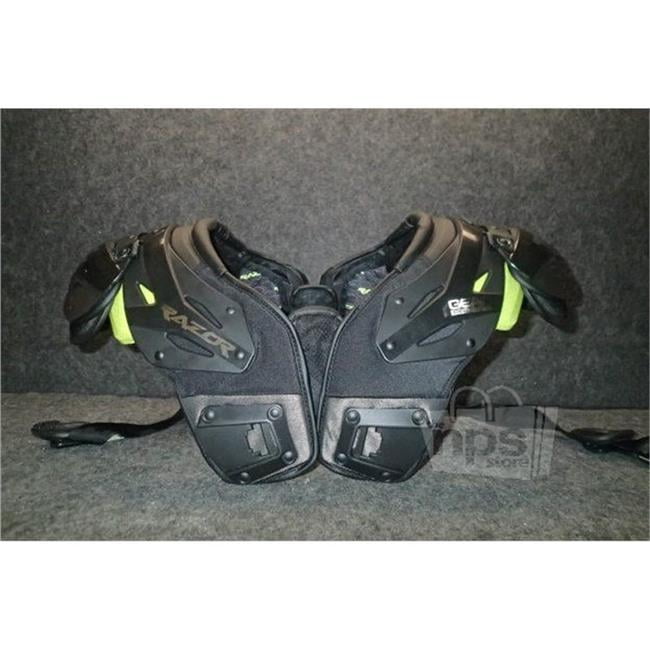

In addition, Boeing’s new 777X will be the largest and most-efficient twin-engine jet in the world due in part to the industry’s largest composite wing. Composite materials make up 50 percent of the primary structure of the 787, including the fuselage and wing, helping to make the Dreamliner 20 percent more fuel efficient than the airplane it replaces.

Boeing and Russell Athletic see significant benefits in using aerospace-grade carbon fiber because the carbon filaments provide a high strength-to-weight ratio and greater durability.īoeing, which markets surplus factory materials to meet the company’s environmental and business goals, sees more opportunities to repurpose carbon fiber as it increases the use of composites in its commercial airplanes.

The companies will expand an initial collaboration that puts 787 carbon fiber into Russell Athletic’s new CarbonTek football shoulder pad system. 27, 2014 /PRNewswire/ - Boeing and Russell Brands LLC announced today that they are working together to incorporate excess carbon fiber from 787 Dreamliner production in Russell Athletic protective athletic gear. This partnership has helped in discovering ways to utilize carbon fiber to make innovative products for the sports industry.Russell Athletic shoulder pad system made with same high-performance carbon fiber as 787 DreamlinerĬollaboration supports Boeing environmental and business objectives This collaboration with Russell Athletic helps to utilize the strength and lightweight characteristics of 787 carbon fibers to support athletes on the field, said Julie Felgar, managing director, environmental strategy, Boeing Commercial Airplanes. The patent pending CarbonTek with OS Technology shoulder pad system has its exoskeleton made of aerospace-grade carbon fiber, which is 10 percent lighter in weight, with an increased motion and secure fit for the athlete’s body. The opportunities to reutilize carbon fiber are vast as it increases the use of composites in airplanes.Ĭomposite materials make up 50 percent of the 787 primary structure helping to make the Dreamliner 20 percent more fuel efficient. The benefits of using aerospace-grade carbon fibers are that these carbon filaments have a high strength-to-weight ratio with greater durability.īoeing markets additional factory materials to meet company’s environmental goals. The companies, in collaboration will expand 787 carbon fibers to be placed in the shoulder pad system of the CarbonTek football team of Russell Athletic. Boeing and Russell Brands will work together to incorporate surplus carbon fiber from 787 Dreamliner production in Russell Athletic protective athletic equipment.


 0 kommentar(er)
0 kommentar(er)
